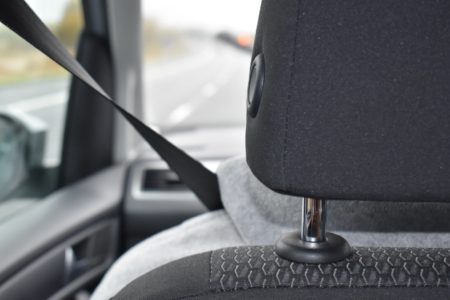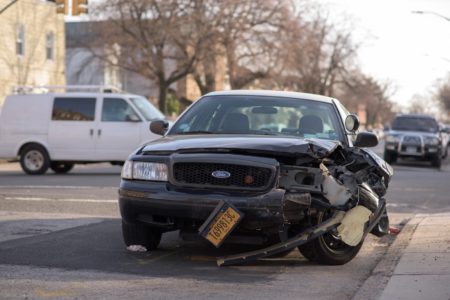By Stephanie M.
Within the last decade, there have been an increasing amount of campaigns directed towards the awareness of the dangers of drunk driving. These campaigns have been successful by educating people of the fatal consequences drunk driving can cause. If you ask any teen, almost all will admit to being told not to drive while drunk at one point in their lifetime. We’ve all heard it, but several collisions continue to be caused by alcohol every year. With the amount of publicity this topic receives, it’s astonishing to think that these collisions continue to occur. What’s even scarier is that drugged driving can be just as dangerous, but it seems to have been overlooked by teens, parents, and advocacy organizations. With the legalization of recreational marijuana use most likely in Canada’s near future, it is important to realize the dangers of drugged driving and educate teens and parents about its consequences.
According to research done by Marc Paris, executive director of the Partnership for a Drug Free Canada, the number of teens who drive under the influence of drugs is almost double the number of teens who drive under the influence of alcohol*. One of the reasons this occurrence is so high may be due to the fact that most teens just don’t believe that the risks of driving while high are as dangerous as driving while drunk. Additionally, 34% of teens believe they are actually better drivers when they are under the influence of marijuana**. This misconception is not only blatantly false, but also extremely dangerous. Driving while high impairs several cognitive abilities that are essential for driving safely. Despite what people may choose to believe, driving while high is not safer than driving while drunk. Marijuana impairs you differently than alcohol, but it still impairs you. This drug can affect depth perception, reaction time, and attentiveness: three key factors to staying safe on the road. It also has the ability to affect judgement and decisions-making skills, both which can result in the difference of life or death situations. When these abilities are impaired, collisions – especially those that cause injury or death – become more likely and can result in dire consequences.
Not only is driving after marijuana use dangerous, let’s not forget, it’s also illegal. Whether the drug itself is illegal or not, it is still against the law to be under the influence of this substance while driving. If the collision causes death, current penalties can be as severe as a life sentence in prison. Other penalties include fines starting at $1000 and prison sentences starting at 120 days***. While these penalties are a good step forward, preventing drugged driving starts with education. Methods should be focused at education to prevent these collisions before these consequences need to be applied; decreasing the likelihood of collisions caused by marijuana use starts with prevention. Unfortunately, most parents don’t think about drugged driving as much as they do drunk driving. Teens need to know what the consequences are before they happen. This action can be as simple as just talking to your teen. Have a conversation with them. Let them know how and why it’s so dangerous to drive while high. Whether you condone the use of marijuana as a recreational drug or not, it is important to face the reality that at one point in their life, your teen may feel tempted to use this substance and potentially drive while under its influence. Talking to them early and setting clear expectations about the type of responsibility you expect them to have as a driver can make a huge difference in stopping potential collisions, injuries, or even death caused by driving while high.
It’s also important to note that these prevention practices aren’t just restricted to teens. Often, adults are also subject to the temptations of driving under the influence of marijuana, even if they’re more hesitant to admit it. As the potential legalization of marijuana comes closer within reach, we need to pay attention to the importance of providing education on the dangers of this subject that is often overlooked. Whether it’s your teens, yourself, or a friend, drugged driving is never okay.
*http://globalnews.ca/news/671761/teens-more-likely-to-drive-under-the-influence-of-drugs-than-alcohol-2/
**http://drugfree.org/learn/drug-and-alcohol-news/23-of-teens-surveyed-admit-to-driving-under-influence-of-alcohol-or-drugs/
***http://www.justice.gc.ca/eng/csj-sjc/pl/sidl-rlcfa/drug-drogue.html




